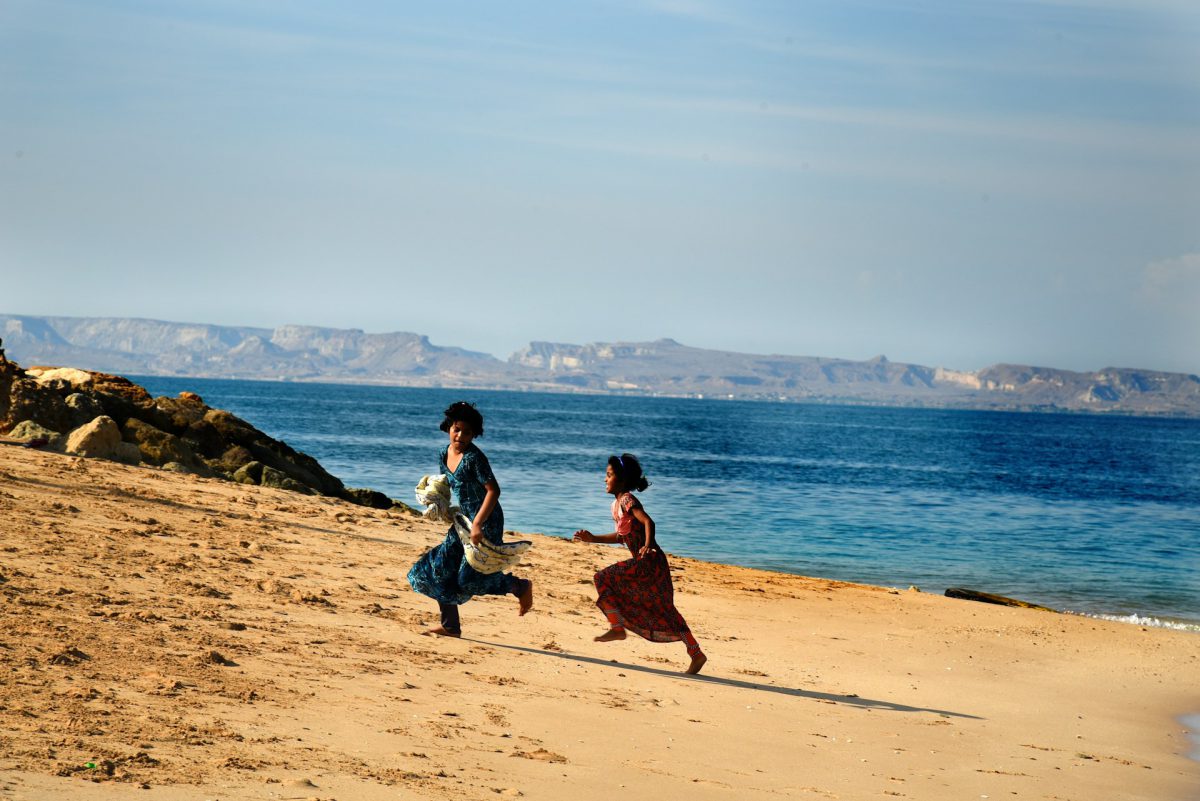Table of Contents
In the heart of the Persian Gulf, you’ll find Qeshm Island, a charming blend of nature and history. Shaped like a playful dolphin, it’s the biggest island in Iran and a UNESCO Global Geopark. Here, you can enjoy exciting water activities like swimming, jet skiing, and sailing, while also exploring its rich past.
Qeshm Island has seen a lot throughout history, with remnants of ancient civilizations scattered across its landscape. Walking through its ancient sites, you can unravel the stories of those who came before, making Qeshm not just a beautiful natural spot but also a fascinating journey through time. Let’s explore the best things to do in Qeshm Island together:
Chahkooh Canyon
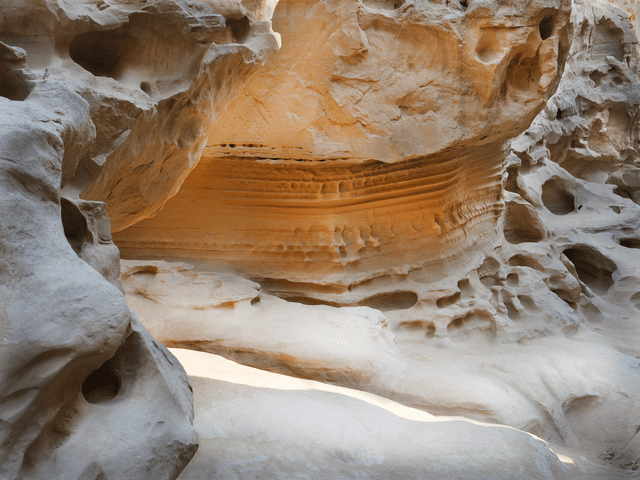
Chahkooh Canyon is one of the top Qeshm attractions, known for its incredible features. The canyon walls, towering nearly 100 meters high, form fascinating shapes that draw you in as you wander deeper into the valley. What makes Chahkooh Canyon even more appealing is its peaceful atmosphere, making it a favorite among travelers seeking tranquility amidst nature’s wonders.
What’s truly magical about Chahkooh Canyon is that its charm doesn’t fade when night falls. Visitors can enjoy the breathtaking sight of stars filling the sky, adding an extra layer of enchantment to this already captivating place. Whether you’re exploring its rugged beauty during the day or gazing at the starry sky at night, Chahkooh Canyon promises an unforgettable adventure that showcases the timeless allure of Qeshm adventure.
Namakdan Cave
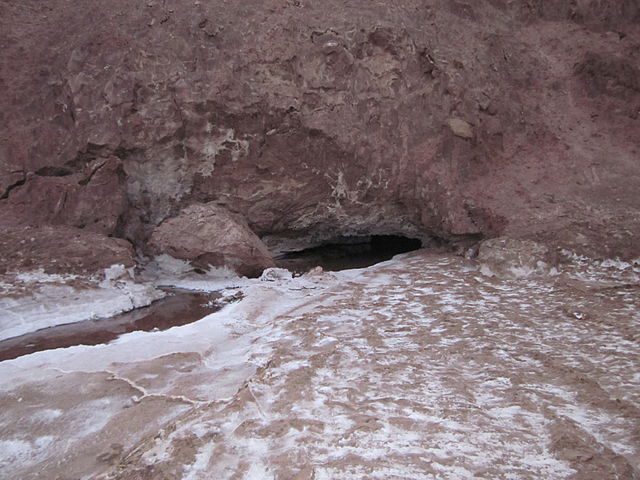
Namakdan Cave, known as the “salt shaker,” holds a remarkable title—it’s the longest salt cave globally, stretching a whopping 6,400 meters. As one of the best Qeshm Island attractions, this cave is a top draw for visitors, thanks to its stunning stalactites that took a whopping 57 million years to form. But it’s not just about looks; the salt harvested from Namakdan Cave serves various medical purposes, adding even more value to this natural wonder.
As visitors explore Namakdan Cave and marvel at its formations, they also appreciate its practical side—the salt’s medicinal properties. It’s a reminder of how nature’s beauty can also be beneficial in unexpected ways. Namakdan Cave isn’t just a sight to behold; it’s a testament to the incredible fusion of nature’s artistry and usefulness, making it a truly special spot on Qeshm Island.
Hara Forest
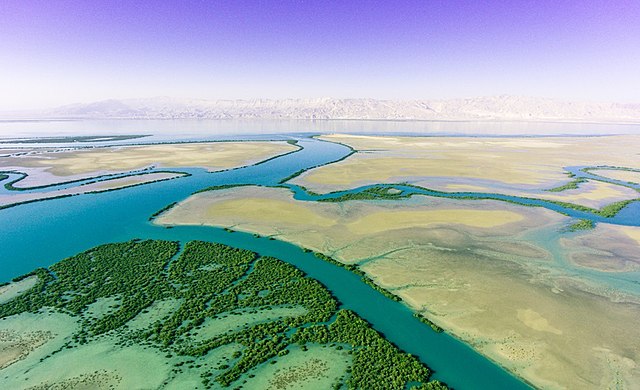
Hara Forest is truly one-of-a-kind, with trees that grow in the salty waters of the Persian Gulf. It’s a rare sight that leaves visitors in awe of nature’s wonders. The magic lies in how these evergreen trees survive—they take in the salty water, filter out the salt, and use the fresh water to stay alive.
But Hara Forest isn’t just about survival; it’s also a haven for migratory birds escaping the cold every year. Amidst the peaceful setting of this unique ecosystem, countless birds find shelter, making the forest even more special. As visitors discover Hara Forest and its diverse birdlife, they’re reminded of nature’s ability to thrive in even the toughest conditions. It is one of the best things to do in Qeshm Island.
Naz Islands
Just a kilometer away from Qeshm Island’s shore, Naz Islands have become popular stops for visitors among Qeshm attractions. These rocky islands are linked to Qeshm by a path that appears during low tide. As the sea level drops, travelers can walk through shallow water to reach Naz Islands, adding a fun twist to their journey.
But the fun doesn’t stop there—Naz Island offers plenty of activities for everyone to enjoy. Whether it’s riding horses or camels, taking photos of the stunning scenery, or trying your hand at fishing, there’s something for every adventurer. With its natural beauty and exciting experiences, the Naz Islands are a must-visit destination for anyone exploring Qeshm adventure.
Khorbas Cave
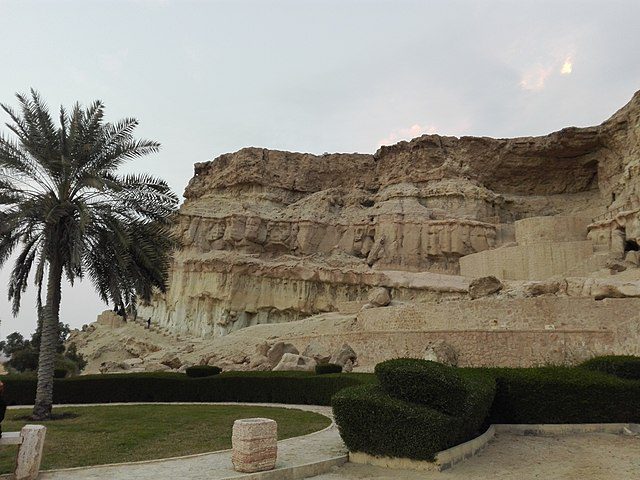
Located among coral hills, Khorbas Cave is part of the folds of the Zagros Mountain Range, holding ancient geological wonders. Dating back to the 6th century BC, this cave has four entrances overlooking the island’s south coast.
Stories suggest that Khorbas Cave may have been a temple dedicated to Anahita, the Goddess of fertility, health, and wisdom, although this isn’t confirmed. The cave’s walls have holes that act like windows, offering a view, and ancient carvings add to its mystery.
One fascinating aspect of Khorbas Cave is the shells found within its walls, reminding us of its underwater past. As one of the best things to do in Qeshm Island, exploring this ancient site allows visitors to delve into its history and uncover the tales it holds.
Hengam Island
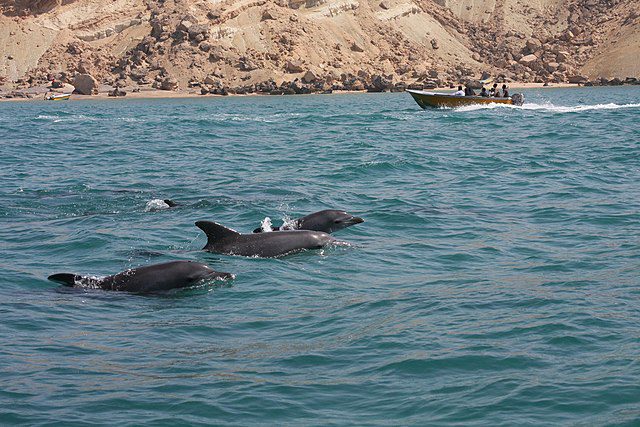
Hengam Island is known for its breathtaking beauty. Its beaches are among Iran’s finest, offering clear, refreshing waters perfect for water activities. Beyond its natural charm, the island is a window into the culture of southern Iran, where traditions are cherished by its inhabitants.
But Hengam Island isn’t just about sun and sand—it’s also home to a variety of interesting animals like dolphins, crabs, and a special type of gazelle. For anyone traveling to the Persian Gulf, a visit to Hengam Island is a must-experience Qeshm adventure. With its stunning scenery, rich culture, and diverse wildlife, it promises an unforgettable adventure for all.
The Valley of Stars
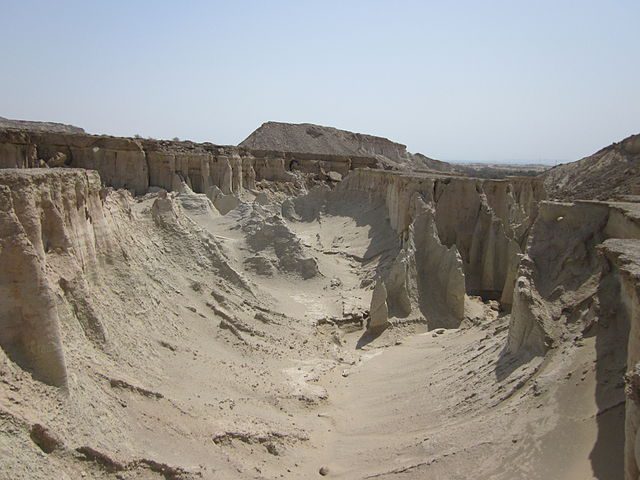
Qeshm Island is home to another amazing sight—the Valley of Stars. This unique landscape was formed over two million years by erosion, creating tall earth columns that resemble the Kaluts in the Lut Desert. The strange shapes of these columns can make you feel excited and amazed.
According to local stories, the Valley of Stars was shaped by a falling star, hence its name “Setareh Kafteh,” meaning Fallen Star. As you wander through this fascinating place, you’ll feel like you’ve stepped into a world where nature’s power and ancient legends come together, making the Valley of Stars one of the top things to do in Qeshm Island.
Portuguese Castle
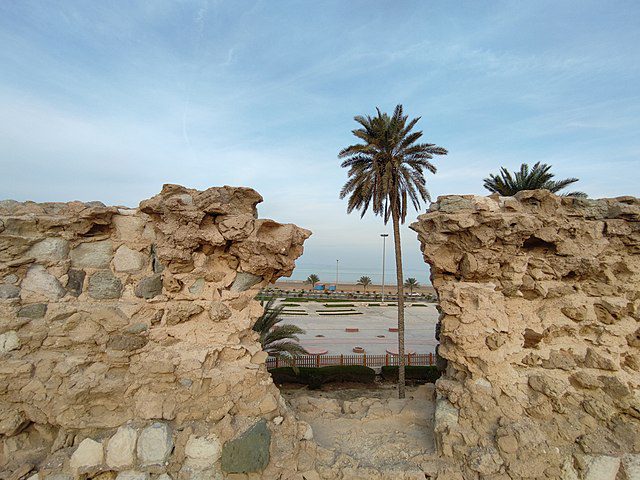
Situated near the eastern tip of Qeshm Island, the Portuguese fortress stands as a reminder of the past. Built in 1507 when the Portuguese controlled the Persian Gulf, this old fortress is now in a state of decay.
Commander Afonso de Albuquerque commissioned the construction of the fortress on a 2000 square meter plot using local materials like limestone and gypsum. While it mainly served as a storage place for weapons, it also provided support to other Portuguese fortresses nearby in case of emergencies.
Despite its age and condition, the Portuguese fortress offers insight into Qeshm’s history and its role during the colonial period in the Persian Gulf. Exploring its walls and rooms allows visitors to step back in time and learn about the island’s past struggles and triumphs.
Laft village
Located in southern Iran, Laft village is an ancient settlement steeped in history. It’s also known as the village of wind towers. One of its famous landmarks is the Portuguese Castle, built in the 16th century during the Portuguese rule in southern Iran.
Another attraction in Laft village is the Tallaght wells. Originally, there were 366 wells, one for each day of the year, collecting rainwater for later use. Besides its historical sites, Laft village is renowned for its stunning sunset views from the shore.
As visitors wander through its streets and buildings, they’re transported back in time, discovering the rich history and cultural heritage of this charming village.
Lenj Shipyard
Close to the shores of Bandar Laft lies a special place where boats are born: the Lenj Shipyard. Here, you can see how lenj boats, mostly used for fishing, come to life. Some are just starting, looking a bit like Noah’s Ark, while others are ready to set sail for the first time.
At Lenj Shipyard, old ways mix with new ones to make these boats. It’s like a dance between tradition and new ideas. Every boat that leaves here carries a piece of the past and the hopes of the people who built it.
FAQs about Things to Do in Qeshm
Q1: Where is Qeshm Island?
A1: Qeshm Island UNESCO Global Geopark is part of the Islamic Republic of Iran. It’s shaped like a dolphin and is the biggest island in the Persian Gulf area. It runs alongside the southern shores of the Hormuz Strait.
Q2: What is Qeshm famous for?
A2: Qeshm is well-known for its many nature spots that tourists love, like the Hara marine forests. Environmental experts say that every year, around 1.5% of all the birds in the world and 25% of Iran’s birds travel to these forests. They’re also Iran’s first national geo park.
Q3: How do I get to Qeshm Island?
A3: Bandar Abbas is a major city by the coast of Iran. It’s a hub for boats heading to the islands. Many ferries leave regularly for Qeshm city, which sits on the western side of the island and is the biggest there.
Q4: Is Qeshm safe?
A4: Qeshm is usually a safe place.
Q5: Do you need a visa for Qeshm Island?
A5: Tourists from any country can visit Kish Island or Qeshm Island for up to 14 days without needing a visa. However, travelers from the United States, Canada, and the UK must have a certified escort guide meet them when they arrive.
Last Words: Explore Top Things to Do in Qeshm with a Customized Tour
Qeshm Island is in the Persian Gulf, shaped like a dolphin. It’s Iran’s biggest island and a UNESCO Global Geopark. You can have fun doing water activities like swimming and jet skiing, and also learn about its history. Many old civilizations lived there, and you can explore what’s left from them. So, Qeshm is not just pretty, but also a cool trip back in time.
When planning your trip to Qeshm Island in Iran, choosing personalized tours can make all the difference. That’s where To Iran Tour comes in. We specialize in creating Iran Tours tailored to your preferences. With To Iran Tour, you’ll have expert guides who know all about Qeshm’s hidden treasures and local customs.
Let us help you make the most of your time in Iran. Choose ToIranTour for a personalized and unforgettable trip to Qeshm and beyond.

